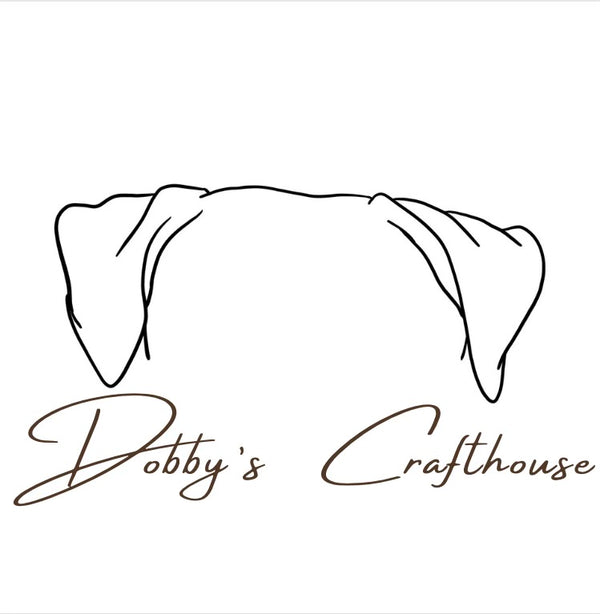Before you buy a cutting board, it's important to consider how you plan to use it and the specific look you want. This will help you determine if end grain, edge grain, or face grain is best.
For example, if you go to a big box home improvement center and look at 1 x 6 board, you will see that it has three grain surfaces: edge grain, edge grain, and face grain. When you stand the board on end, the surface at the top and bottom is the end grain. If you lay it on its edge, the one-inch edges are the edge grain. If you lay it flat, the six-inch sides are the face grain.

Lets dive a little deeper into what the advantages are disadvantages are to these three options.
End Grain

End grain shows you the wood when cut across the growth rings and graining. End grain butcher block typically looks like a bunch of squares.
Think of wood as a tight bundle of straws, end grain would show you ends of the straws. If you bring a knife down on top of these straws, it splits them apart. This is why end grain cutting boards are the most durable, almost self-healing, and does not dull your knives as fast.
If you plan to use your butcher block for cutting every day or a few times a week, end grain butcher block is the way to go.
Edge Grain

Edge grain show you the wood grain cut along the edge, with the long fibers of the wood flowing lengthwise. Edge grain cutting boards are usually made of strips of wood which can be lined up evenly or assembled in a pattern that resembles a hardwood floor.
Back to the straw bundle analogy, edge grain would show you the sides of the straws. Your knife would cut the straws lengthwise, which makes them less durable than end grain. Edge grain is also a bit more economical because it's not as labor-intensive to make.
If you plan to use your butcher block more as a utility surface or for food preparation rather than actual cutting, you may wish to go with edge grain.
Face Grain

Face grain is not typically used for cutting boards because it will show knife marks faster than end grain or edge grain. With face grain, the wood plank is laid flat and joined at the edge traditionally to make a tabletop, countertop, or even cabinetry.
These boards are very economical because they are the least labor intensive, and are more for the consumer who wants to use them as a charcuterie board to present a fabulous spread for their friends and family, or even just themselves.
Dobby's Crafthouse discusses each project with the customer before any work is done so we know how you plan to use it and the which look you are wanting to capture. If you are looking for a custom engraving or inly, we are more than happy to workout the design detains with you. Fill out a custom request form if you would like to start the discussion, today.

